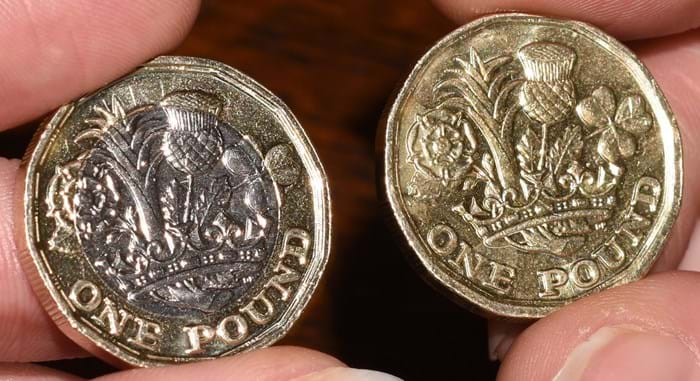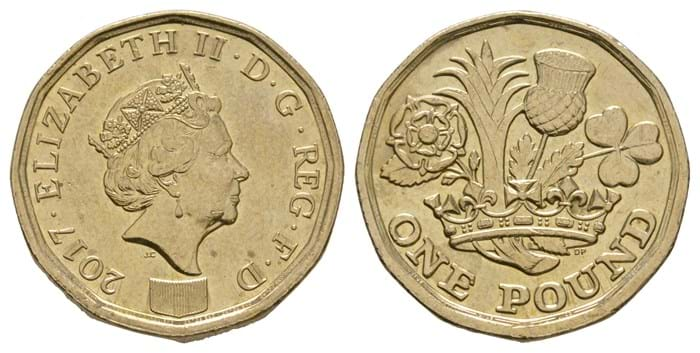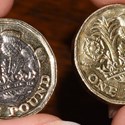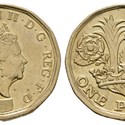The coin of the new type (only issued since March 2017) has been struck on a blank for the previous, obsolete and withdrawn £1 design coin rather than on the new bi-metallic flan that should have been used. In simple terms, it is all gold in colour rather than the silver with a gold border.
Bearing the date 2017, it was discovered in circulation by a shopper who found it in his change.
Collectors are always on the look-out for such howling errors, meaning that the coin does of course have great rarity value – this one may well be unique.
Rare error
Chris Wren, head of coins at the Essex auction house (which holds its sales in London), tells ATG: “Errors of this nature are extremely rare - I do not think I have ever previously heard of a new issue being struck on a blank made for the previous, obsolete type, as in this case.
“I imagine that one of the old blanks got stuck in the machinery and shook loose later so got wrongly struck with the new dies. It is a spectacular error!
“It is likely to be a unique one-off thing that, given the old-type blanks are no longer in production and old stocks will have been melted down a while ago, could never happen again.”
Wren adds that striking errors are “usually limited to damaged blanks, the occasional 'mule' (such as the 20 pence which had no date after the wrong obverse/reverse die combination was used in error) or similar”.
In numismatics, a mule is a coin or medal minted with obverse and reverse designs not normally seen on the same piece.
As the Royal Mint strikes coins for other countries, not just the UK issues, the odd example of a coin struck on the wrong blank has occurred in the past. Wren says: “The Royal Mint quality control systems are pretty effective though, so it is rare for errors to get into circulation.”
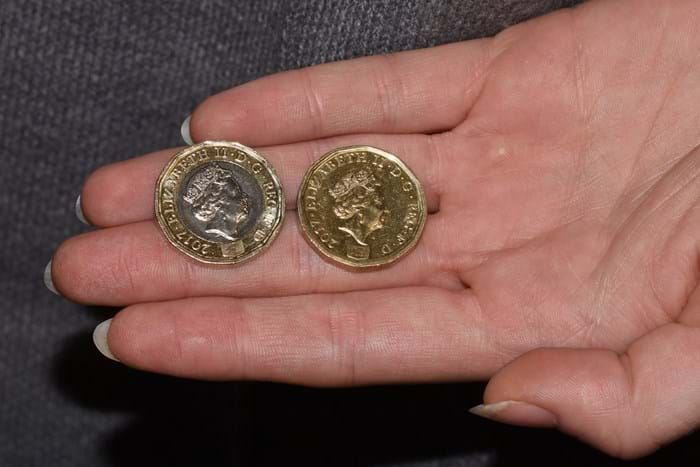
The £1 coin misstrike (shown right with a normal coin) on offer at TimeLine Auctions on February 20-24 estimated at £1000-1400.
Head horror
Last year it was reported that a number of 2015 Britannia £2 coins currently being used included a striking error, so they showed the queen’s head rotated clockwise by around 150 degrees.
Perhaps a few thousand of these mistaken coins are thought to exist.
Last November it was also reported that a number of 20p coins had been struck in bronze instead of silver.


